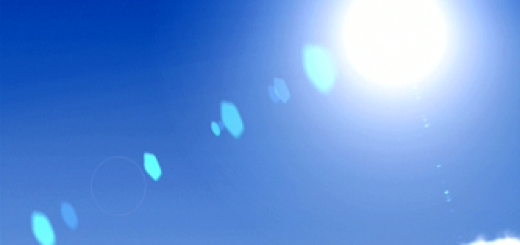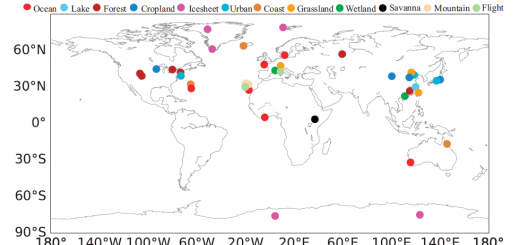Diurnal evolution cloud development over Las Cañadas del Teide
On August 27, 2014, there were conditions for the development of diurnal evolution clouds in the surroundings of the Cañadas del Teide, culminating in the formation of several Cumulonimbus. These clouds are able to reach altitudes higher than 10 km and to generate stormy weather, as it happened that day. The AEMET lightning detection network recorded, at least, one lightning on the summits of Tenerife.
Several factors combined each other to result in the formation of these clouds. On the one hand, there was a strong surface warming favored by the shape of the terrain and very low wind in Las Canadas del Teide. This heating of the surface was transmitted to the air layer immediately above, which lost density and could ascend easily, thanks to the existence of certain atmospheric instability. On the other hand, there was an Africa dust-laden air mass, containing hygroscopic particles favoring condensation of water vapor and cloud formation. In addition, this air mass contained enough moisture from storm events occurred over Africa during the previous days.
To this, we must add the orographic effect of Teide – Pico Viejo volcanoes and the absence of significant winds at mid levels capable of breaking the cloud structures. Thus clouds of great vertical size grew, which can be seen in the following video “time-lapse”. In order to perform this video, one of the webcams at the Izaña Atmospheric Observatory was scheduled to take pictures at regular intervals of 1-minute for eight hours. Later, all these images were merged and animated by a computer program compressing the 8-hour record in less than 60 seconds. In the upper right we can see overlapped images of the Meteosat visible channel corresponding to that day, updated every 15 minutes.
{flv width=”640″ height=”480″ flashver=”0.0.0″ alt=”Error”}Tormenta_Cañadas_flv{/flv}
We draw attention to the clear presence of haze in upper and middle levels and the persistence of the “sea-cloud” below. Normally, this stratocumulus cloud layer disappears under Saharan outbreaks, though it was not the case. It is curious to observe how these two air masses of very different characteristics (stable marine boundary layer at lower levels, and unstable Saharan air mass above) coexisted for several hours with no interaction between them.
You also can find this video by clicking HERE







